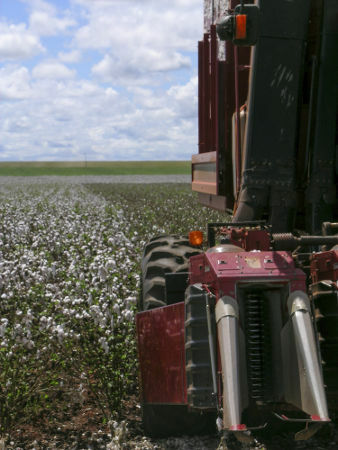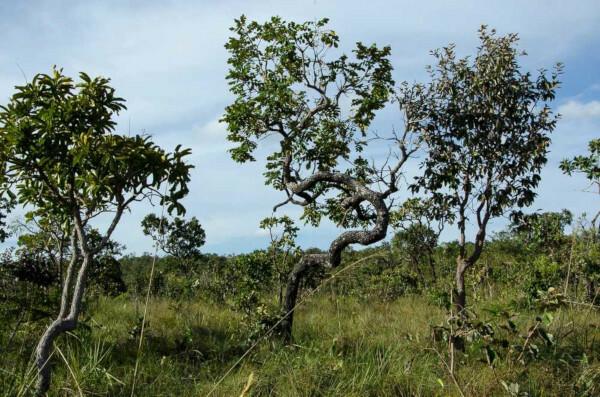The morphoclimatic domain of thick is composed of different types of soils and relief forms, which are related to both the climatic composition and the characterization of the vegetation and its geological past. In general, the Cerrado soils are characterized by the predominance of Oxisols and for its accentuated acidity.
Altogether, there are more than two million kilometers of area over which the original Cerrado vegetation was occupied, which is equivalent to just over 22% of the area of Brazil. In general, it is a geologically old formation, with relatively rugged relief and low and medium altitudes, which can go from 500 to 800 meters in most areas, but reaching 1600 meters in Serra dos Pirineus and 1250 meters in Chapada dos Veadeiros.
The fact that the Cerrado's relief is ancient means that its soils were heavily worked by weathering agents (climate, water, wind). This process of weathering it occurred through leaching – washing the outer layer of the soil by rainwater – which greatly reduced its fertility over time.
In addition to these characteristics, the main aspects of the Cerrado soils are their high depth and porosity, which allows greater water infiltration, although surface runoff is also high in rainy times. Despite the large infiltration rate, there is a limited water storage capacity.
In addition to the Oxisols, which, as already mentioned, are predominant, the Cerrado also has Podzolic or Argissolos soils. Oxisols have a red to yellow coloration and are very acidic and poor in some nutrients. Podzolics, in turn, can be dark red or yellowish red and are highly susceptible to erosion.
Do not stop now... There's more after the advertising ;)
The lack of fertility in Cerrado soils was resolved in agriculture through the application of specific techniques, such as liming (correction of acidity through limestone), the phosphate fertilization, The potassium fertilization and others.
In the second half of the 20th century, with the advent of technical transformations brought about by the Green Revolution, land use in the Cerrado became more intense, especially due to the development of the aforementioned correction techniques and other methods that allowed greater productivity in the region. In addition, high mechanization and the expansion of the agricultural frontier allowed the advance of agriculture and livestock, which, on the one hand, increased the country's productivity in the countryside, but, on the other, contributed to the remarkable clearing of original vegetation.
The main agricultural products grown in the Cerrado region are soy, sugar cane, cotton, corn and other commodities. Most of the production, especially soy, is destined for the foreign market, contributing to the country's trade balance.

Mechanized cotton production in the Cerrado region, state of Goiás *
_____________________
* Image credits: AFNR / Shutterstock
By Me. Rodolfo Alves Pena
Would you like to reference this text in a school or academic work? Look:
PENA, Rodolfo F. Alves. "Soils of the Cerrado"; Brazil School. Available in: https://brasilescola.uol.com.br/brasil/solos-cerrado.htm. Accessed on June 28, 2021.
geography of Brazil

See here the most important characteristics of the Cerrado, such as location, fauna, flora, climate, vegetation, aquifer potential, soil characteristics and devastation.
